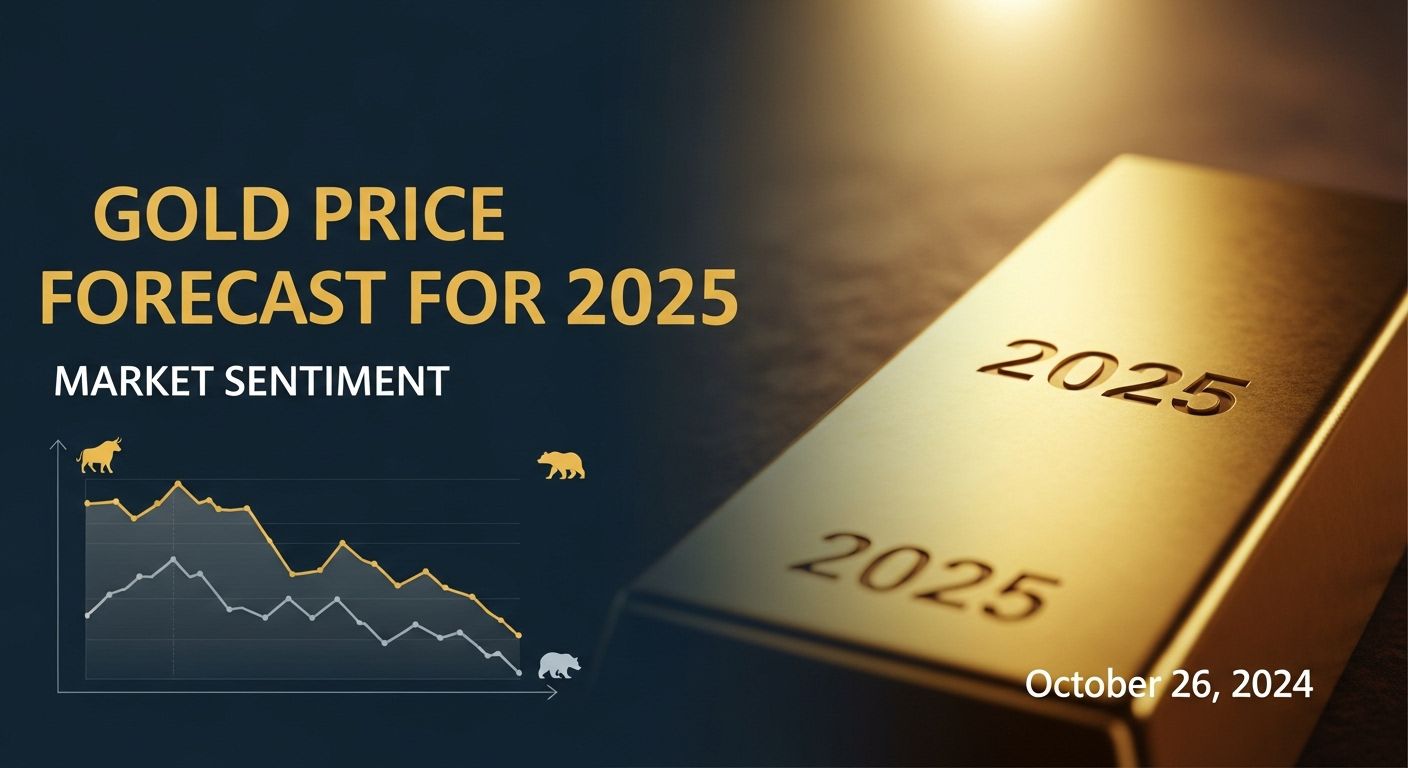Gold has always held a certain mystique. It’s the ultimate safe-haven asset in times of crisis, yet its price action can often feel chaotic and unpredictable. As we look through 2025, the outlook for the precious metal is a fascinating tug-of-war between powerful bullish and bearish forces. For the thousands of traders analyzing XAU/USD charts on platforms like felix markets tech, the challenge is to decipher which force will win out. The conflicting signals are creating a complex and potentially volatile environment.
Honestly, it’s one of the most confusing setups I’ve seen for gold in a while. On one hand, you have a clear fundamental tailwind. On the other, market sentiment seems unusually fragile.
The Interest Rate Conundrum: A Double-Edged Sword
The most common argument for a higher gold price in 2025 is the expectation that major central banks, particularly the Federal Reserve, will begin cutting interest rates. The logic is classic and sound. Gold is a zero-yield asset, so when interest rates on bonds and savings accounts fall, the opportunity cost of holding gold decreases. Lower rates make the non-yielding metal more attractive by comparison.
But here’s where it gets complicated. The reason for these rate cuts is the real driver. If rates are being cut because the economy is gently slowing down in a “soft landing,” investors might actually prefer to move into riskier assets like stocks, limiting gold’s upside. However, if the cuts are a response to a looming recession and financial instability, the fear factor will kick in and likely send gold soaring as investors flock to its safety.
This situation can directly affect the outcome.
The simple inverse relationship between rates and gold doesn’t tell the whole story. It’s the economic context surrounding those policy shifts that will truly dictate the metal’s path.
Geopolitics and Central Bank Buying: The Unseen Floor
Beyond the day-to-day obsession with interest rates, there are deeper, structural forces at play that have been providing a strong floor for the gold price. I think a lot of people underestimate this.
First, geopolitical instability remains a potent catalyst. Any new conflict or escalation of existing tensions almost guarantees a flight to safety, and gold is the primary beneficiary. Second, and perhaps more importantly, is the relentless demand from the world’s central banks. For several years now, central banks in the East have been buying physical gold at a historic pace. This is part of a wider “de-dollarization” trend, which is simply a strategy by countries to reduce their dependence on the US dollar by holding more of their reserves in a neutral asset like gold.
This central bank activity is a bit of a black box for the average trader, but it’s creating a powerful and consistent underlying bid in the market. It explains why gold has remained so resilient even in the face of a strong dollar at times.
Reading the Sentiment: What Are Traders Actually Doing?
So, fundamentals point to a complex picture. But how does a regular trader make sense of all this? This is where analyzing market sentiment becomes crucial.
If you ask me, you need to look at what different groups of market participants are doing, not just what they’re saying. Here are a few key indicators:
- ETF Holdings: Watch the flows in and out of the major gold-backed ETFs (like GLD). When large institutional investors are consistently adding to their positions, it’s a strong vote of confidence. A steady outflow, however, suggests they are losing faith.
- Futures Market Positioning: The weekly Commitment of Traders (COT) report shows what speculative traders (“Managed Money”) are doing. If they are extremely long, it can sometimes be a contrarian indicator that the market is overcrowded.
- Physical Demand: News about coin and bar sales, especially from key markets like China and India, provides a glimpse into retail sentiment. Strong physical demand can act as another layer of support for prices.
It points to a complex year, and, it suggests that simply chasing headlines could be a risky strategy. Analyzing these layers of sentiment on the charts, perhaps using tools available on platforms like https://felixmarkets.tech/ is a much more robust approach than just betting on a single outcome.



